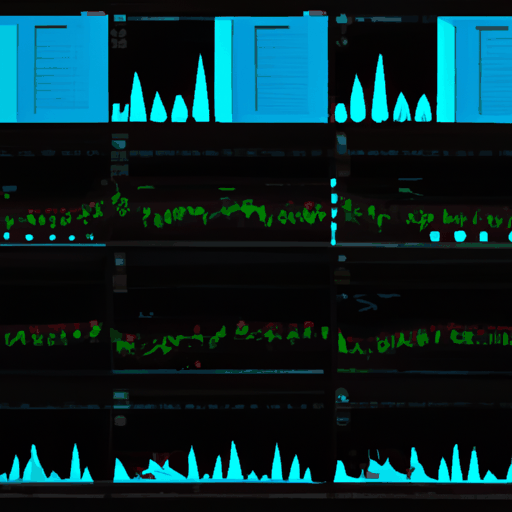
Understanding DeFi Liquidations: A Case Study on Aave
By: Isha Das
Understanding DeFi Liquidations: A Case Study on Aave
In the decentralized finance (DeFi) ecosystem, liquidations are a critical mechanism for maintaining the stability and health of lending platforms. A prime example of effective liquidation handling is the Aave Protocol.
Aave recently demonstrated robust performance amid market volatility, generating over $6 million in revenue from a significant wave of liquidations. Liquidation occurs when a borrower's collateral falls below a specified threshold, triggering the sale of that collateral to cover the loan, ensuring the platform remains solvent and the broader DeFi market stays stable.
A recent event saw Aave earn $802,000 from a $7.4 million wrapped Ether (WETH) liquidation. This is part of Aave's broader liquidation mechanism, which processed a record $233 million in liquidations in a single day, showcasing its ability to handle large-scale market disruptions efficiently.
The platform's founder, Stani Kulechov, highlighted Aave's resilience, noting that it operated seamlessly across multiple layer 1 and layer 2 solutions, safeguarding $21 billion in assets. This robustness is key to understanding how liquidations help DeFi platforms navigate and survive market stress.
For more detailed data on Aave's liquidation activities, visit the Aave Protocol Liquidations Dashboard.



